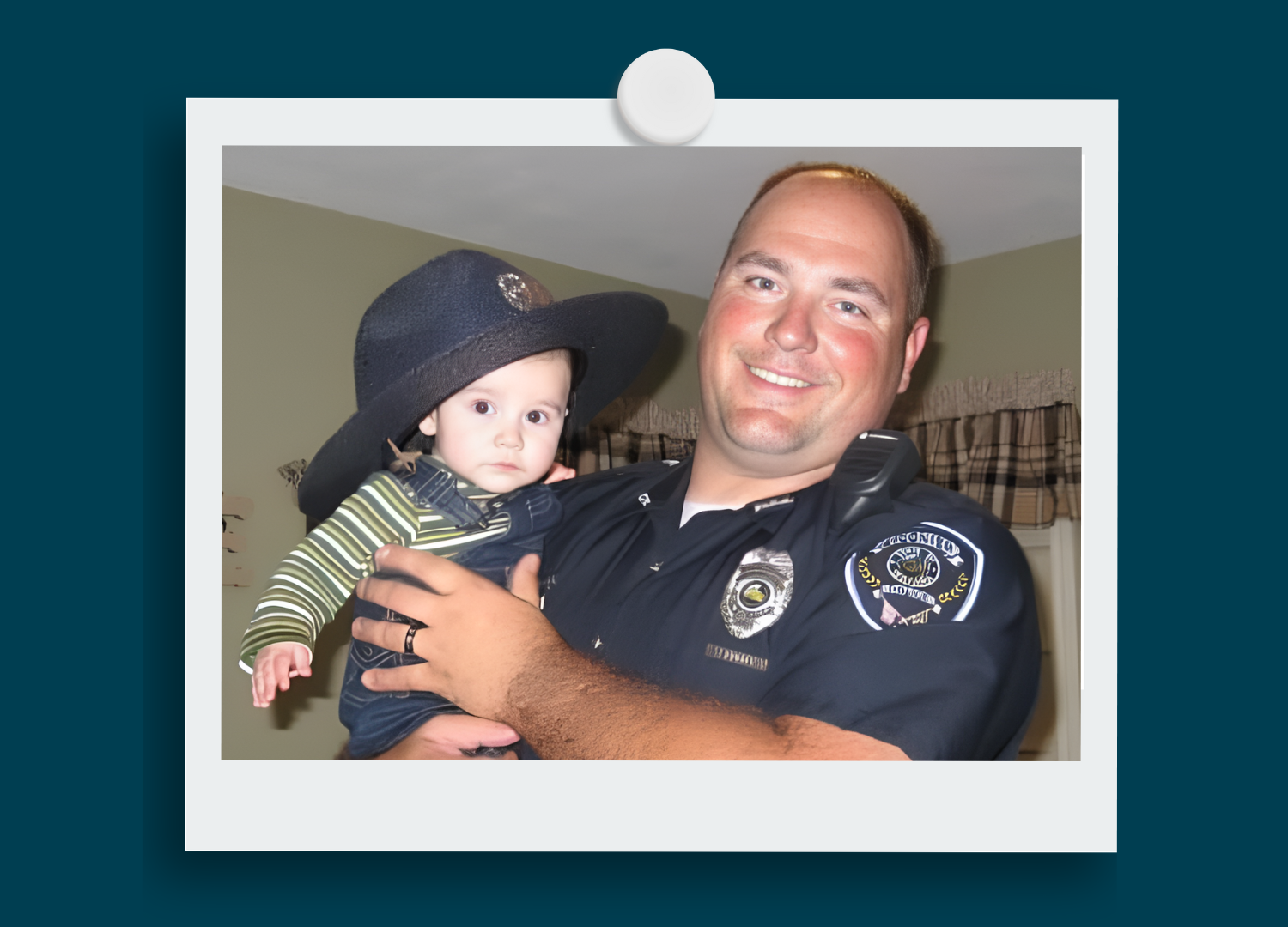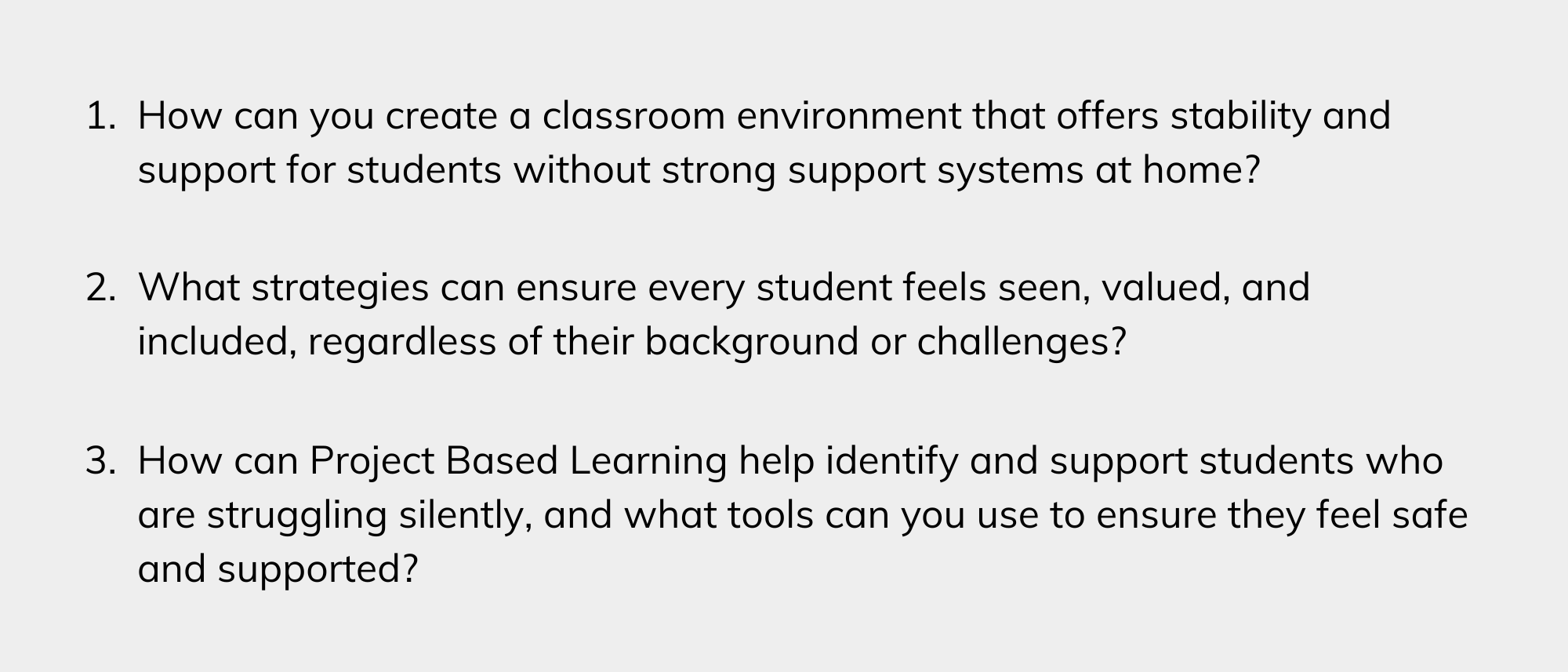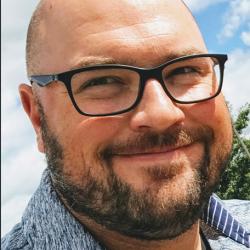
As the back-to-school season approaches, I find myself reflecting on the profound impact we have as educators, especially when we recognize that for some students, we might be the only stable and supportive adults in their lives. Right now you’re scheduling your semester, prepping for beginning-of-year assessments, and coordinating your tech checkout, but this is an opportunity to pause and refocus on human connection.
When we reflect on our intimate role in supporting our most vulnerable students, we make space in the midst of our back-to-school to-do list to acknowledge the power of human connection and reinvigorate our efforts to create an equitable classroom. So rather than focusing exclusively on the promise of PBL and our many resources, I want to share a personal story that underscores why our work matters.
A Defining Moment
My journey began even before I became a full-time educator, when I served as a police officer in northeast Indiana, and where I was also a school resource officer for a K–4 elementary school. I taught PE, helped with reading groups, and played quarterback at recess—sometimes with unexpected adventures, like spraining my wrist while playing. During my night shifts as an officer outside of the school site, I witnessed both the best and the worst in people, and certain places hold vivid memories of chaos and, at times, joy. As I drive by these locations, the images are forever etched into my mind.
There are moments in life when we question our role and grapple with the gap between our expectations and reality. These experiences shape how we navigate the beautiful opportunity we call life.
One of these defining moments occurred years ago on a hot summer night, and it left me questioning my role in the world. I was sleeping soundly in my apartment when my pager (yes, a pager) alerted me to a tactical call-out. I leave bed, dress up, and rush to the squad room. In the squad room, we brief on a house where we are executing a warrant issued by our drug enforcement task force. We are tasked with entering and securing three individuals wanted for the distribution of narcotics in our community.
When they revealed the address, I was very familiar with it. As a school resource officer, I occasionally visited that location to pick up a student who struggled to get to school. She was also in my kindergarten PE class and spent time with me in small reading groups. This wasn’t her home address but one of the places she would stay occasionally. She also rarely ate breakfast, and we developed a shared love for McDonald’s sausage muffins, picking them up at the drive-through to make sure she was fed before getting to school. She was five and, at no fault of her own, didn’t have a support system at home to ensure she got to school on time, fed, and ready to learn.
I remember stacking up with three other officers at the back door at 4 a.m. The bugs buzzed above us as the motion-activated light revealed the charcoal gray asbestos siding on the house. We made entry into the kitchen, and flash bangs were deployed. With the combination of adrenaline and the noise, I can remember only hearing my breathing and heartbeat as we moved up the stairs and secured one of the suspects asleep in his bed. We cleared the remaining rooms, and I regained control of my hearing as my heartbeat slowed. I heard “female combatant lower bedroom” on my lapel radio. We moved downstairs and entered the bedroom.
On the bed stood the five-year-old girl I knew so well, screaming, crying, and waving a broom handle at officers as her parents sat on the floor handcuffed. As her eyes met mine, she ran to the edge of the bed, jumped towards me, and gave me the biggest hug I can remember. I carried her outside to the dark backyard and sat on the curb as the officers cleared the scene. The house was filled with signs of a meth lab with chemicals all over the kitchen, and the basement looked like a high school chemistry classroom—no place for a child or adults.
As the sun began to rise, we called family services. She was hungry, so we ran to McDonald’s to grab her favorite. Family Services came, and she spent the summer with a foster family, eventually ending up with her grandmother at our school that fall.
About a week later, I enrolled in a master’s program to transition into teaching. My idealism about changing the world as a police officer had shifted, revealing to me that education was a more natural way to make a difference. Education provides students with opportunities, fosters freedom of thought, and offers a safe, supportive environment with caring adults.
While few of us may ever get an intimate glimpse into our students' lives, Project Based Learning (PBL) allows us to create meaningful experiences that equip and empower them for success, opportunity, and advocacy, regardless of their background. It shifts the power dynamics students face in their day-to-day lives, allowing students to hold power in the classroom even when they feel powerless in their circumstances.
Unlike other approaches to teaching and learning, PBL is guided by the knowledge of our students. And that’s why I chose PBL as my approach when I became an educator. So, here I pose three questions for you to ask yourself:

We can transform our small corner of the world within our classrooms. Project Based Learning has been a powerful tool in my journey from police officer to educator and principal, helping students to truly flourish. Remember to be that significant adult in a child’s life. Embrace the value and potential of every student, and never give up on a child who might have given up on themselves. You can make a profound impact on their lives.
As you celebrate and prepare for back-to-school season, remember your purpose and find ways to live it out. Project Based Learning was my avenue to truly connect with the students in my classroom. It is a powerful approach, one that will guide your pursuit of purpose and empower you as you start the school year.

